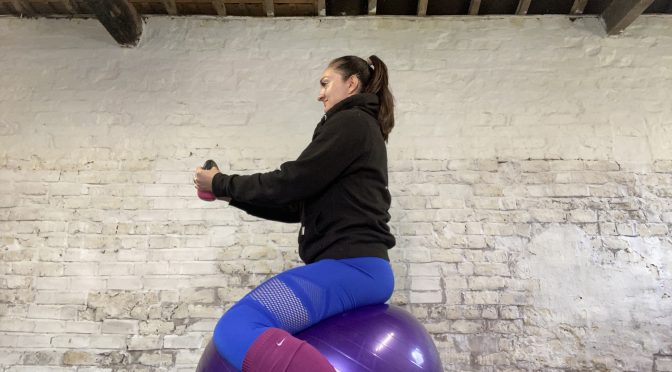I want to talk to you about being present, in the zone of whatever you call it.
It’s not just a skill we should practice whilst riding but also on the ground with our horses; and as I’ll go on to discuss other times too!
This is something I’ve had to really focus on lately as my Fell pony Gwydion really requires this from me as we’ve restarted him with groundwork. If I’m not fully present and in control of my energy and emotions he isn’t engaging in the process. Basically, I’m all in or he’s all out. It’s been frustrating but it’s an important lesson to learn.
When riding we should be fully present, not just in what we’re asking the horse to do, but also how our horse feels and how our own body feels.
Being able to tune into how your body feels and moves as you ride is a skill that takes practice. As does being able to feel how your horse responds to your own movements as sometimes these can be really subtle.
This is why I suggest mastering it off horse first.
Of course, there’s practicing it whilst doing ground work with your horse, if that’s something you do together. In fact it’s a great way of testing out how you can change your energy by changing your body language; can you back your horse up or move him sideways with just a change in your body language and movement but without actually touching him? Can you get him to stand still doing this?
However, I’m a fitness professional so let’s look at this from an exercise perspective.
If you can learn to fully focus on your body, it’s movements and how it feels during exercise this will tell you a lot about your body. Being on the ground means you can fully focus on your body without the complication of the wild animal with a mind of its own.
If I ask someone to move, then ask them to check in with what they’re actually doing often they’ve no idea they weren’t fully engaging all the muscles required.
If I ask if they have equal weight in the feet, are their shoulders level, can they feel their abs engage etc. They often need to really concentrate when they do this.
Then when we move onto a riding specific exercise and I ask them if they can now feel their abs, back, outer hip etc. they may be surprised to find these muscles are supposed to be involved!
Are you fully present when you ride? Do you focus on the muscles you should be using, how it feels, how your horse reacts and how your energy and body language can change that?
Give it a go both on and off horse and see if it changes some things for you. I’d love to know if it does.

